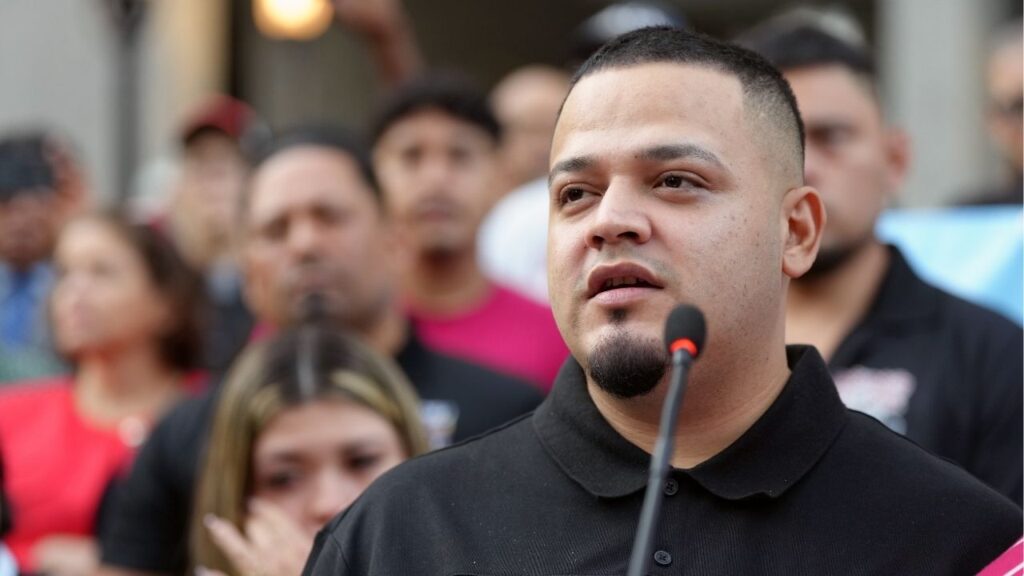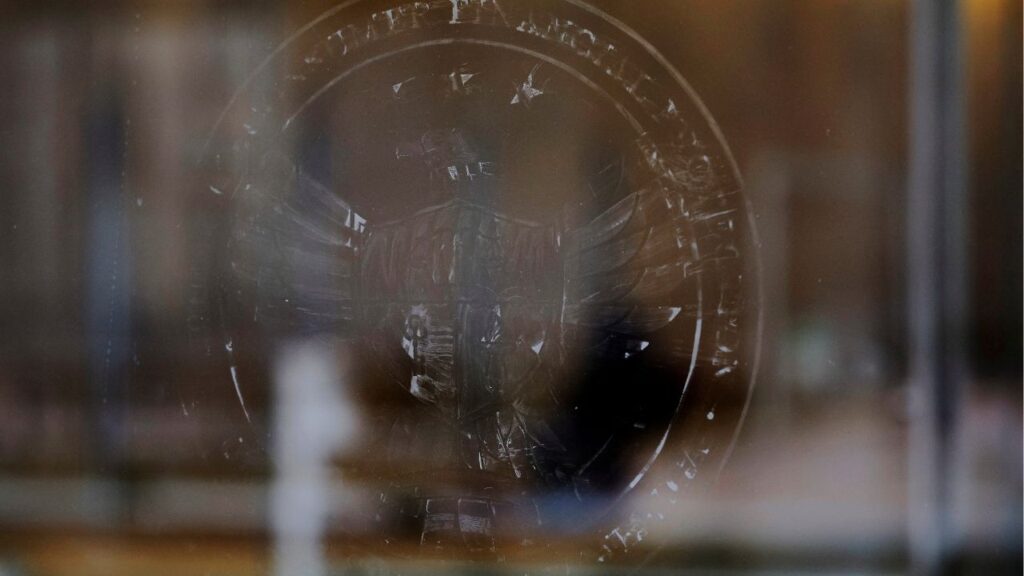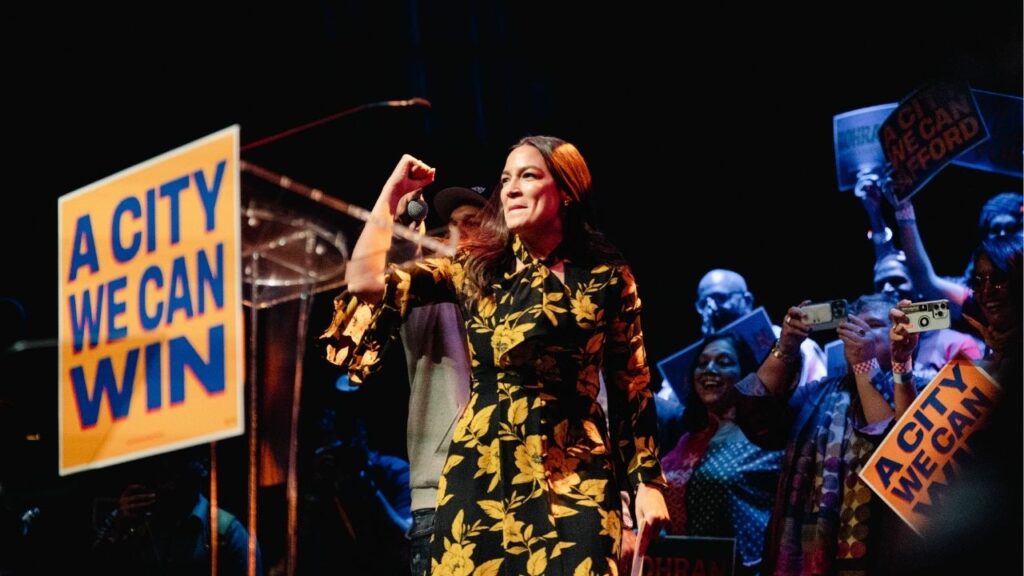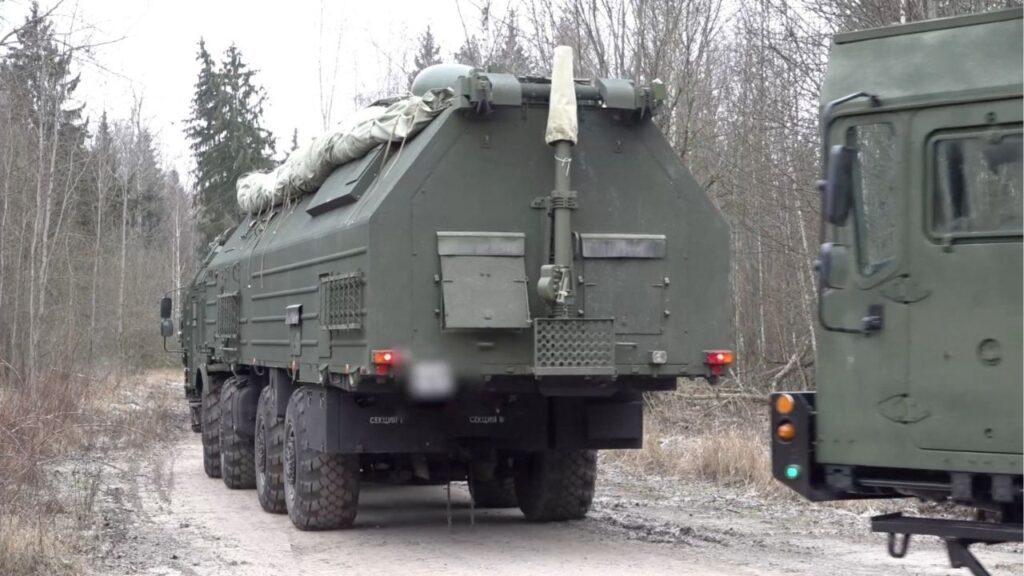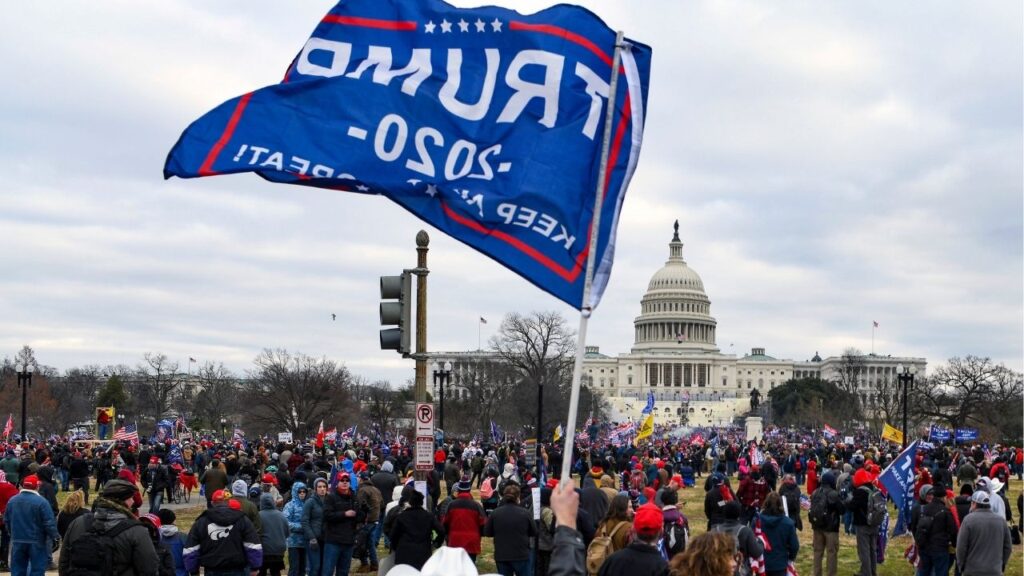Share
SACRAMENTO — Surging coronavirus cases in California prompted a warning on Wednesday from the nation’s most populous county of a possible delay to classroom instruction in public schools next month — a setback Gov. Gavin Newsom said he hopes to avoid by convincing more people to wear face coverings and stay away from gatherings.
“With the uncertainty that we face right now in our county, everyone needs to have sort of a plan B around the reopening,” she said. “You absolutely would not want to open a sector when you thought the result of reopening could be an explosion of outbreaks within that sector.”
Los Angeles Mayor Eric Garcetti said COVID-19 cases need to flatten before schools can reopen. The Los Angeles Unified School District is the nation’s second-largest district.
“If we see numbers level off, then I think we will be in a position to have some level of schooling in the fall. But if they don’t, I bet people will not be able to go back to school because it will be unsafe. So it’s really up to us.”
The mayor repeatedly urged people to social distance, wear masks in public and stay at home whenever possible.
“There are still many social gatherings, maybe too many pool parties this weekend, too many play dates, too many family barbecues not just with your household, too many group activities,” Garcetti said. “This is what COVID-19 thrives off of.”
President Donald Trump weighed in on Wednesday, threatening to withhold federal money if school districts don’t open their doors in the fall.
Districts Have Been Grappling With How to Safely Reopen
Gov. Gavin Newsom dismissed that threat, saying districts will decide for themselves whether opening is safe. But he said those decisions will depend on whether people can change their behavior and slow the spread.
“I would like to think that we have the capacity to make better decisions in the next few weeks where we don’t have to make the decision to delay the school year,” said Newsom, who has four young children and echoed frustration at having to manage schooling at home.
Districts have been grappling with how to safely reopen. Some are offering options such as in-person instruction, virtual learning at home, or a combination of the two.
San Francisco health officials on Wednesday issued school reopening guidelines that include requiring all K-12 students to wear masks and for older children to stay 6 feet (1.8 meters) apart. They recommend staggered times for arrival, recess, lunch and dismissal for middle and high school students. Plus, they say schools should ban choir, playing instruments that spread saliva droplets, and sports where students can’t stay at least 6 feet apart.
“We know that for our very youngest children, physical distance for the entire day is very tough, not practical for social-emotional learning and just very difficult to enforce,” said Jeanne Lee, medical director for the San Francisco Department of Public Health.
Figuring out how to open schools will be a big piece of restarting California’s economy. After shutting down much of the state in March to slow the spread of the disease, Newsom moved quickly to allow businesses to reopen in the spring once coronavirus cases stabilized. But since then, confirmed cases have spiked, leading to a 44% increase in coronavirus-related hospitalizations over the past two weeks.
Newsom has ordered people to wear face coverings in indoor and outdoor public places. The state is closely monitoring case numbers, placing counties on a watch list if their caseloads are too high. Any county listed for three consecutive days must shutter bars and indoor operations at restaurants, movie theaters, wineries, zoos, museums, card rooms and family entertainment centers like bowling alleys and arcades.
Newsom Said He Was Proud of the State Bulking up Testing Capacity
The list already includes the largest counties in Southern California, and Wednesday the Newsom administration added three more counties to the list: Napa, San Benito and Yolo. Yuba and Sutter counties expect to be added to the list on Thursday, according to Bi-County Health Officer Dr. Ngoc-Phuong Luu.
On average, California is testing 106,000 people per day, up from the 2,000 per day average in April. The increase has led to shortages of equipment, forcing the closure of some testing sites and delaying the results for days.
Los Angeles County public health officials say all testing slots are booked for the rest of the week. Demand is so high in San Diego County it can take up to 10 days to schedule a test. In San Bernardino County, public health officials limited tests because of supply shortages.
“There have been concerns about testing supply shortages throughout the state and within our county,” said Corwin Porter, San Bernardino County’s interim public health director.
Newsom said he was proud of the state bulking up testing capacity. But he said he plans to announce protocols in the coming days to make the state “much smarter” when it comes to “who we are targeting” and “testing people on a more consistent basis so it’s not just about the numbers.”
But the Los Angeles mayor warned people that getting a negative tests result one day doesn’t mean someone is safe to ignore social distancing.
“A test is not a passport to party. Don’t go out with your friends,” Garcetti said.
For most people, the new coronavirus causes mild or moderate symptoms, such as fever and cough that clear up in two to three weeks. For some, especially older adults and people with existing health problems, it can cause more severe illness, including pneumonia, and death.
RELATED TOPICS:
Categories

Fresno County Firefighters Contain Reedley House Fire






